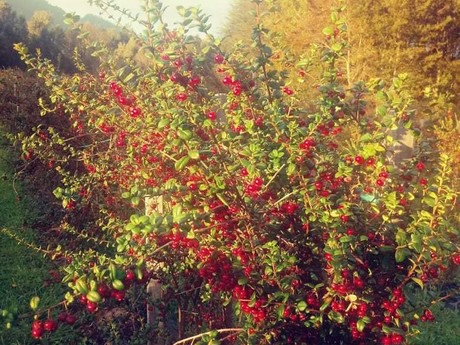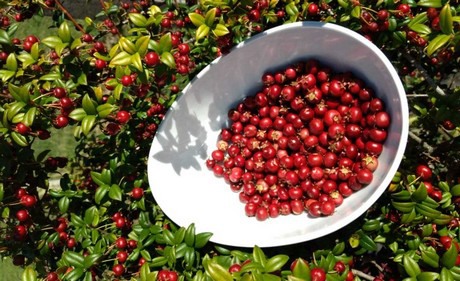Growers of a special type of berry from the far south of Chile are hoping to eventually export them to markets including the US. The Murta Berry, also known as the Chilean cranberry, has a very short season and is not yet available in export market in its fresh form. Murta berries are part of the cranberry family and grow on shrubs in a similar way to blueberries. This particular variety grows in cold climates and is found in the very south of Chile, with the season extending from April into June.
"Murta berries are a very unique fruit in Chile, and only grow for two months of the year," explained one producer. "It is traditionally a highly-prized berry. It was said that a long time ago, the Queen of England would request the delicacy, which would then be sent to her. The berry's size is similar to that of a pearl and along with this royal connection, it has received the nickname 'Red Pearl of Patagonia'."

Introduction to the market
Murta berries are not entirely new to overseas markets. For example, they have been present in the United States for several years in powdered, frozen and dried forms for use in the health and cosmetic industries. Proponents of the berry say that it is high in antioxidants and minerals. It has also been consumed fresh in the local Chilean market, therefore producers intend to eventually introduce the berry as a fresh item in overseas markets.
"The nutritional value of the Murta berry is very high, surpassing that of gooseberries and other similar berries. It has primarily been used in the IQF category. However, it is also available fresh, so our goal is to export it to the US market. Our main challenge is promoting awareness of the fruit because not many people outside of Chile know what they are. Rather than market them as a form of cranberry, we believe it would be better to instead focus on the berry's unique characteristics. It has a unique flavor and is sweet and aromatic with a floral tone. In some ways, it has a resemblance to drinking tea."
Producers say some of the growing practices are already similar to other crops commonly grown in Chile. "A lot of the know-how in terms of growing methods, packaging and shipping comes from the blueberry industry,” the source said.

Potential
Growers believe the berries have great potential in the US, particularly with health-conscious consumers and would be considered a high-end specialty item. "It is an expensive and very niche item. However, they are certified organic and launching them as a fresh product would allow us to present them to companies that might wish to use them in pressed juices and smoothies. IQF is always an option which would extend the berry's availability up to 12 months a year."
While the first goal is the US market, producers have plans to potentially expand the program into Europe. "At the moment, we are concentrating on eventually launching Murta berries in the US market, but it would be an interesting item to introduce to the European market as well. We want to leave the door open for this in the future as well as to Canada."
